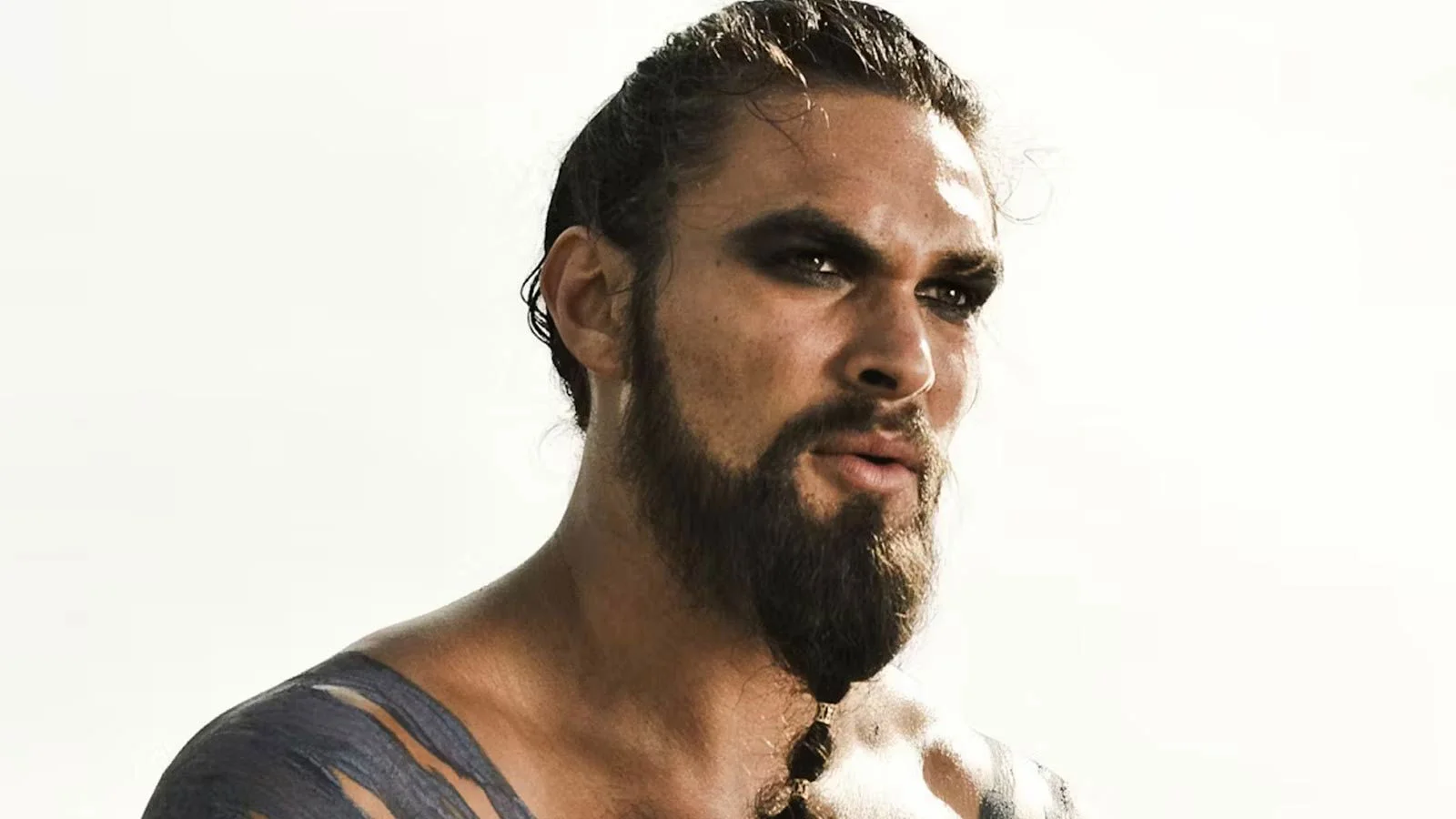Jason Momoa’s short film from 2010, Brown Bag Diaries: Ridin’ the Blinds in B Minor, remains virtually unseen despite the actor’s rising fame and the ongoing interest in his work. This rare piece, subtitled as a Jason Momoa short film, was created and led by Momoa himself, who starred, directed, wrote, and executive produced the project, yet it remains shrouded in mystery and nearly impossible to find today.
The Unseen Story Behind Jason Momoa’s Early Short Film
Brown Bag Diaries: Ridin’ the Blinds in B Minor is described as a fifteen-minute drama that follows Mikey, portrayed by Momoa, who is a wandering soul grappling with a search for belonging. According to available descriptions sourced from TMDb rather than IMDb, Mikey’s narrative is framed as
“a disorganized travel log of a vagabond in search of home.”
The film was produced by Pride of Gypsies, a production company founded by Momoa, and featured alongside him Augusto Aguilera as Johnny, Mikey’s brother and traveling companion, and Linden Chiles as Diablo, hinting at an antagonist whose presence is ambiguous but pivotal.
Despite James Gunn’s involvement with some of Momoa’s later projects and the actor’s well-known roles in blockbuster franchises like Dune and Fast and Furious, this particular early film has never been made publicly available on streaming platforms or in physical format, making it elusive for fans and researchers. The only access to its content comes through a combination of a few scarce interviews, fan blogs, and obscure film catalog websites.

The Complex Characters and Themes Within the Film
Insights into the movie’s plot were revealed in a 2010 interview with Aleim Magazine conducted by Victoria Foster. The discussion paints a portrait of Mikey and Johnny as brothers who flee home following traumatic events. Their journey on freight trains takes them through harsh environments as they try to escape their past. The story explores intense themes, including childhood abuse and the protective nature of Mikey as a big brother reaching an emotional breaking point.
Momoa’s acting commitment is highlighted particularly in a monologue where he confronts his childhood trauma, signaling a depth and seriousness to this early work that contrasts with some of his later, more action-focused roles. Photographs from the film suggest a moody and soulful cinematography style designed to complement its raw subject matter.
Why Has This Film Remained Hidden From the Public?
Curiously, the production company Pride of Gypsies omits Ridin’ the Blinds entirely from its official filmography. On its website, Road to Paloma, a 2014 dramatic feature starring Momoa, is listed as the first project. This exclusion is puzzling given the positive responses from the small fraction of viewers who have seen the short. It maintains an 8.3 out of 10 rating on IMDb and a 79 percent user approval on Google, suggesting a generally favorable reception.
The sensitive topics covered, such as abuse, might explain why it has not been widely released, but the film’s potential to diversify Momoa’s artistic image is clear. Its limited availability has deprived audiences of seeing him in a different light, away from the well-recognized characters like Lobo, Duncan Idaho, or Dante Reyes that define his mainstream career.
Speculation exists about why the short remains inaccessible; perhaps Momoa himself was dissatisfied with the final product, or the demand from Hollywood for blockbuster roles shifted his career away from independent projects. Alternatively, legal or licensing complications could have locked the film away indefinitely.
The Significance of Rediscovering This Forgotten Work
Revisiting Ridin’ the Blinds could provide fans and critics with a more comprehensive view of Jason Momoa’s growth as a creative professional. This short film, exploring dark and emotional themes in a gritty setting, contrasts with his later roles and offers a glimpse into his early ambitions as a storyteller and actor. As anticipation builds for his upcoming appearances in the DCU, audiences might benefit from seeing how Momoa approaches complex characters beyond the typical Hollywood action star mold.
With little chance of an official release, this lost piece of cinema remains an unresolved chapter in Momoa’s filmography, inviting curiosity and reflection about the paths artists navigate in their careers before achieving widespread fame.
